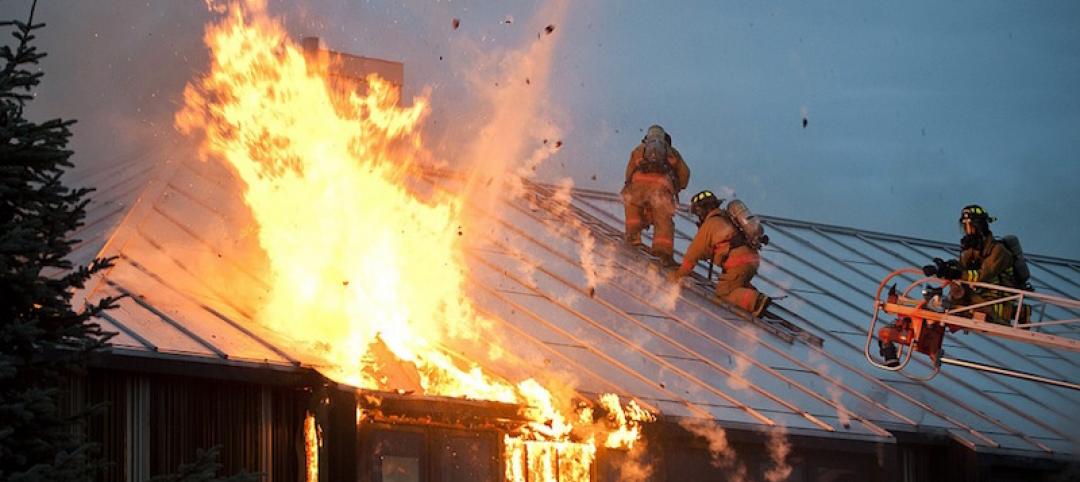Heat waves are the nation’s deadliest weather hazard, accounting for one-fifth of all deaths caused by natural hazards in the U.S.
Low-income people in urban areas tend to be most vulnerable to extreme heat. These neighborhoods often have a lot of hardscape that absorbs solar radiation during the day, without many parks or trees to mitigate this effect. Some of the poorest residents do not have air conditioning. Businesses in vulnerable neighborhoods use more energy than enterprises in more affluent areas because of higher temperatures.
So, green roofs that help cool buildings and green infrastructure could be most impactful in low-income areas of cities. Other options such as vertical gardens on a building’s exterior and white rooftops can help moderate urban temperatures, cut utility bills, and improve quality of life.
Researchers from the University of Notre Dame team identified Chicago neighborhoods that had the most to gain from green roofs by figuring out which ones had the most heat vulnerability, the greatest potential reductions in rooftop temperatures, and used the most electricity for cooling. Researchers also designed steps for urban planners to set priorities for a public effort to install green roofs.
Related Stories
Codes and Standards | Jul 26, 2017
New ISO standard on video fire detectors will help identify fires more quickly
The standard marks the first comprehensive international specification for this equipment.
Codes and Standards | Jul 25, 2017
Geotechnical solutions prevent building distress due to expansive clay soils
The condition is the most common geologic hazard in the U.S.
Codes and Standards | Jul 24, 2017
Non-union labor gaining ground in New York City
President of contractors’ group says competitive pricing is spurring more open shops.
Codes and Standards | Jul 20, 2017
New tallest tower west of the Mississippi built to stringent seismic standards
L.A.’s new 1,100-foot skyscraper dominates city’s skyline.
Codes and Standards | Jul 20, 2017
Chicago rises to the top of U.S. cities in percentage of LEED or Energy Star office buildings
Certified office buildings reach 66% in windy city.
Codes and Standards | Jul 19, 2017
Economic impacts of climate change will jump over next two decades
Average annual cost to buildings and infrastructure from eastern storms to rise by $7.3 billion.
Codes and Standards | Jul 18, 2017
Energy modeling yields accuracy within 4%, says new study
Results of the study support the usefulness of the practice.
Codes and Standards | Jul 13, 2017
Net Zero Energy rebranded as ‘Zero Energy’
ILF aims to make new certification the sole standard for highest performing buildings.
Codes and Standards | Jul 13, 2017
New York City creates $10 million fund to help women- and minority-owned firms win construction contracts
The money is earmarked for up to $500,000 surety bonds per contract.
Codes and Standards | Jul 12, 2017
New International Building Code allows weather-resistive barriers above 40 feet
Danger of propagating flames now deemed negligible.
















